Department Head and Associate Department Head
 |
Shelley L. LusettiDepartment Head
|
575-646-5877
Office: 128
|
Dr. Lusetti is a biochemist interested in bacterial DNA repair mechanisms. She joined the faculty in 2006 and served as Associate Department Head from 2017 to 2019. Dr. Lusetti is the current director of NM-INBRE.
|
 |
Kevin D. HoustonAssociate Department Head |
575-646-3918 Office: W371 |
Dr. Houston's research is aimed at defining the molecular mechanisms associated with anti-estrogen resistance in breast cancer. He joined the faculty in 2011 and has been Associate Department Head since 2019. In this role, he is involved in outreach activities and undergraduate recruitment. Dr. Houston is also the departmental contact for alumni and donors. |
Faculty
 |
Amanda K. AshleyAssociate Professor Biochemistry/Toxicology |
575-646-2084 Office: W372 |
DNA repair systems protect cells from damage and regulate cellular response to replication stress. Our research focuses on perturbations in DNA replication and repair in cancer biology to provide novel targets for therapeutic intervention. |
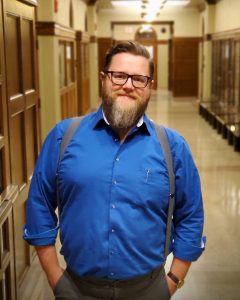 |
Christopher BakerAssociate Professor Analytical Chemistry |
575-646-1015 Office: W373 |
The Baker Bioanalysis Lab leverages expertise in analytical chemistry, separation science, and microfluidics to develop new technologies that solve measurement challenges in chemical neuroscience and other areas of chemical biology. Current projects include developing novel brain-on-chip technologies with applications to Alzheimer's disease, and strategies for improving structural resolution in capillary electrophoresis separations. |
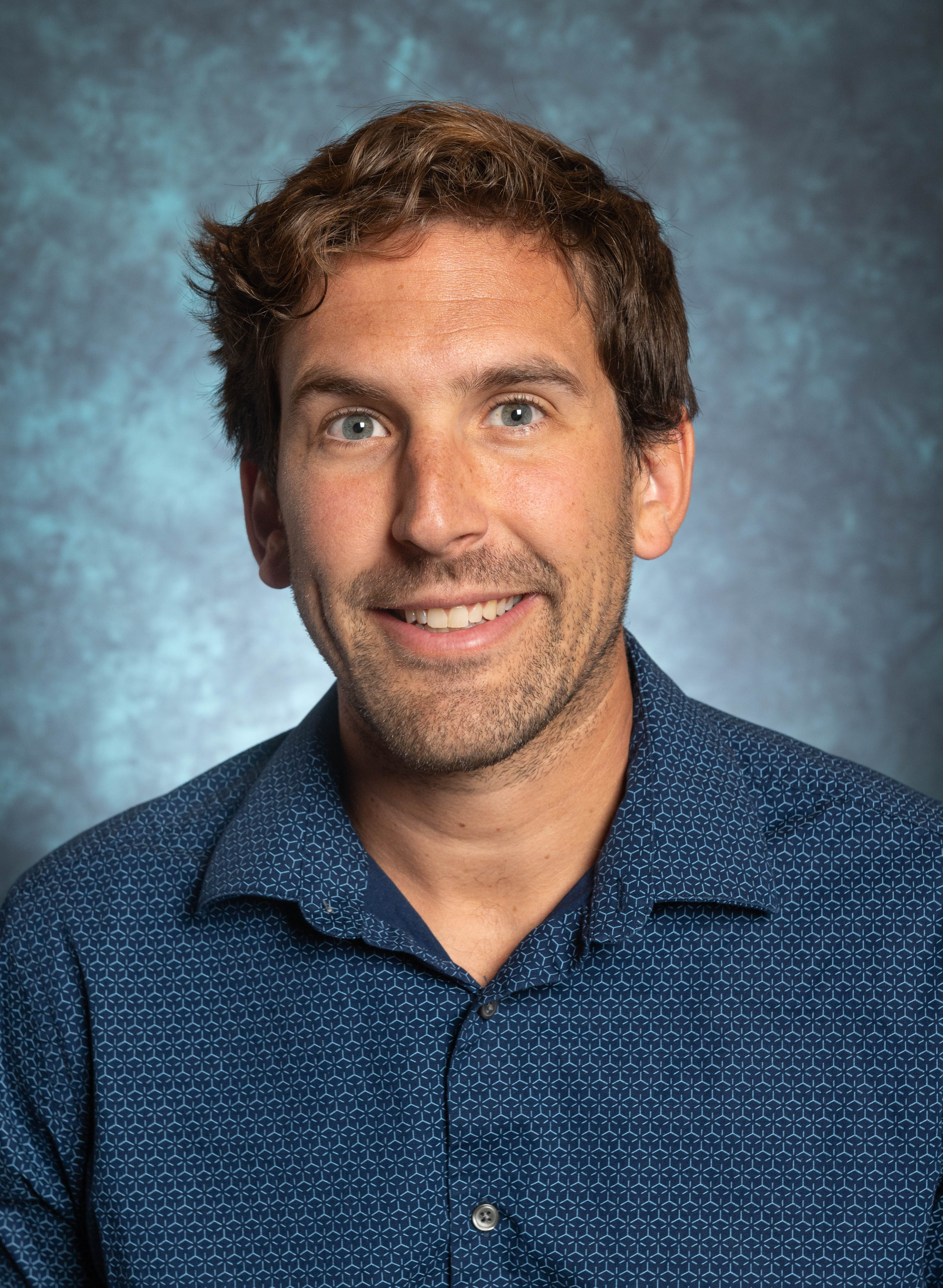 |
Scott FolkmanAssistant Professor Electrochemistry / Inorganic Chemistry |
575-646-7679 Office: W380 |
Research in the Folkman lab centers around fundamental and applied aspects of electrochemistry in electrochemical energy storage and green chemical transformations. We use synthesis to tune the properties of inorganic materials for electrocatalysis in green hydrogen production and organic molecules used as mediators in electro-organic synthesis. We use modern analytical methods to intimately understand reaction mechanisms, we fabricate devices to thoroughly characterize our catalysts in operando, and we are using machine learning algorithms to discover new catalytically active materials. |
 |
Corey E. Frank
Assistant Professor |
575-646-4029 Office: W377 |
The Frank Solid State Inorganic Lab focuses on the design and synthesis of new materials with interesting magneto-structural coupling behaviors and/or topologically non-trivial band features. We take inspiration from natural mineral structures, and we utilize a variety of techniques- from CVT and flux growth to high pressure/high temperature synthesis- to grow our crystals. Research in the Frank lab includes opportunities to travel to user facilities across the country for neutron or synchrotron diffraction experiments and to perform measurements at very high magnetic fields. |
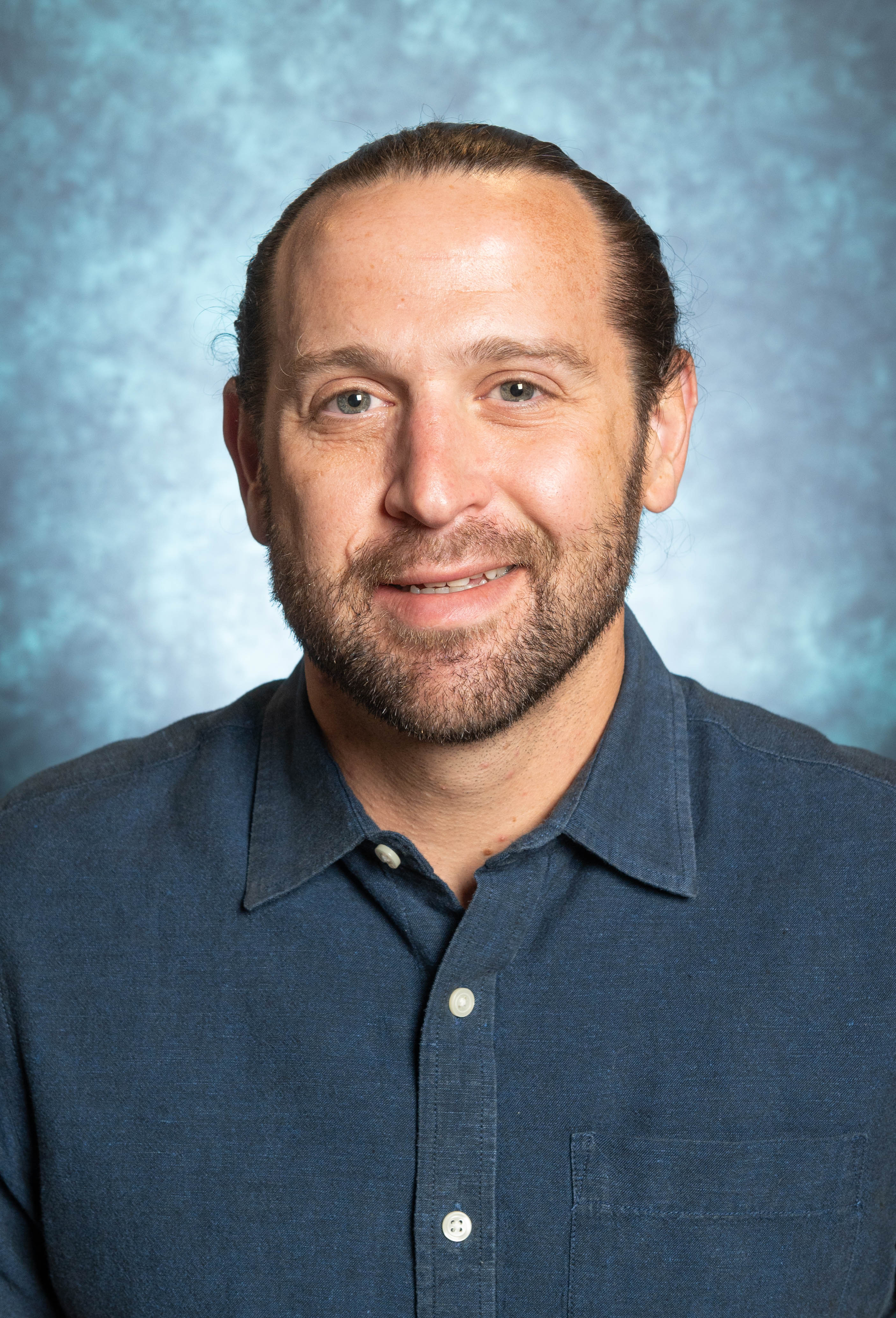 |
Brian GoldAssistant Professor Organic Chemistry |
575-646-2589 Office: W288B |
In the Gold Laboratory, we seek to understand the fundamental principles underlying chemical structure and reactivity to develop innovative synthetic tools for chemical biology (and beyond). We utilize both computational and experimental techniques to develop highly specific transformations, novel reagents, and improved technologies. Current endeavors range from the development of novel methods for the processing of nuclear waste to the design and synthesis of both biologically active and biorthogonal reagents. Our research efforts depict that a training in the fundamentals of organic structure and reactivity enables unlimited exploration and discovery within the molecular sciences. |
 |
Kevin D. HoustonProfessor Biochemistry |
575-646-3918 Office: W371 |
Tamoxifen treatment is a common therapy for women with estrogen receptor-positive breast cancer. Our laboratory discovered a new mechanism of tamoxifen action and we currently investigate the role of this mechanism in the development of chemoresistance. |
 |
Shelley L. LusettiProfessor Biochemistry NIH NM-INBRE Director |
575-646-6016 Office: W370 |
The Lusetti lab is interested in the biochemical roles of novel enzymes involved in DNA damage response pathways through the reconstitution of recombinational DNA repair pathways. We employ comparative biochemistry to explain the differential DNA damage tolerance of multiple bacterial organisms. |
 |
Barbara A. LyonsProfessor Physical Chemistry NIH-BRIDGES Director |
575-646-3473 Office: W296 |
My research seeks to identify the active functional form of the signaling molecules Grb7 and DNAJB1-PKAc, and to define the mechanistic details of how these molecules work in the establishment of primary tumors and metastases in breast and liver cancer. |
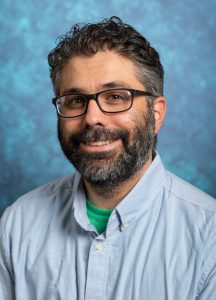 |
William A. MaioProfessor Organic Chemistry |
575-646-4017 Office: W287 |
Marine organisms continue to be a source of novel natural products with interesting structural features and unique biological activity. Our laboratory is currently focused on the development of new synthetic methods useful in total synthesis. |
 |
Marat R. TalipovAssociate Professor Physical Chemistry
|
575-646-5210 Office: W362A |
Our research focuses on harnessing the power of supercomputers for discovery of novel small molecules and machine-learning design of photovoltaic materials and drugs. |
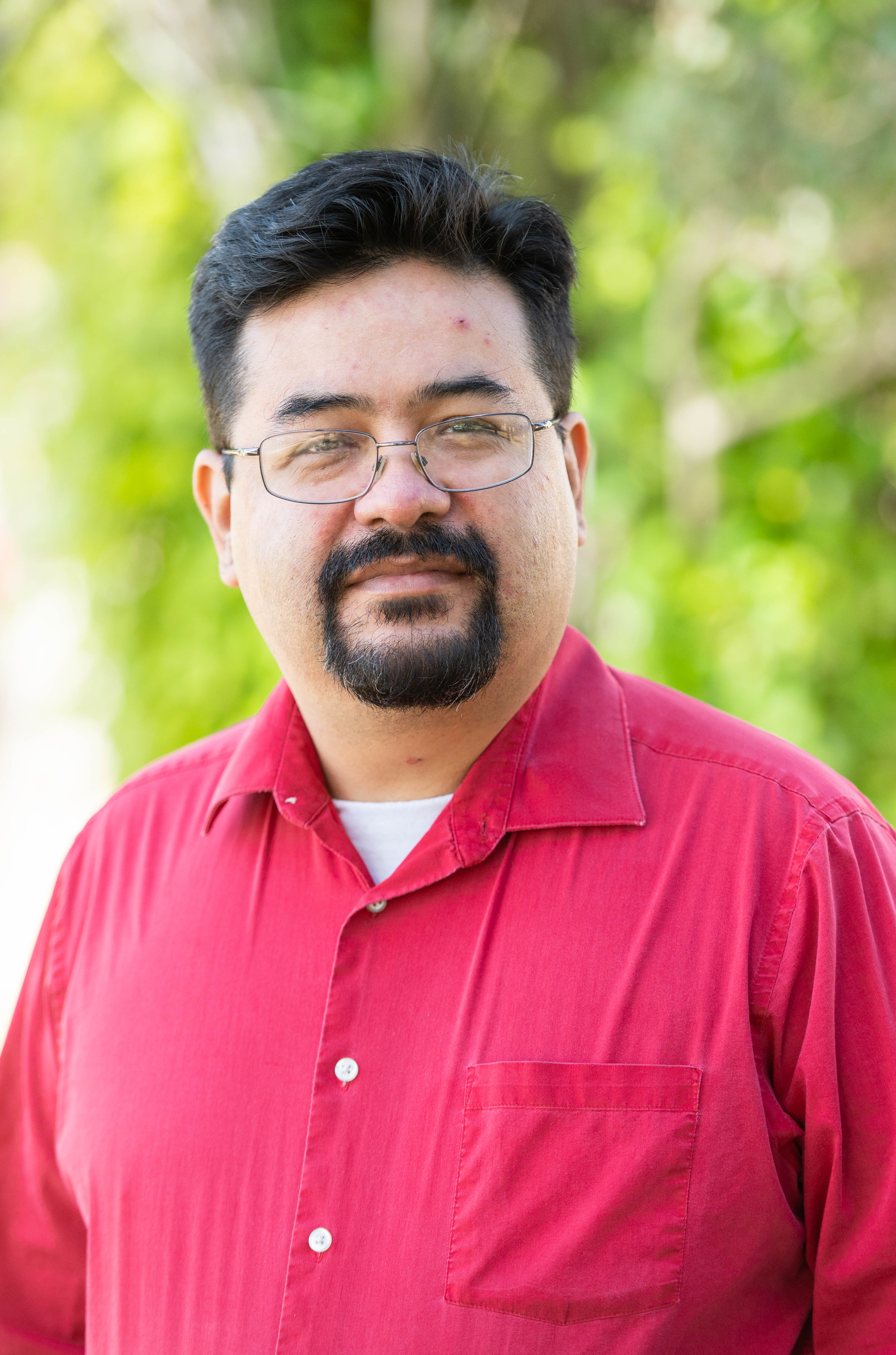 |
Rodolfo Tello-AburtoAssociate Professor Organic Chemistry |
rtelloab@nmsu.edu
575-646-3627 Office: W288A |
Dr. Tello-Aburto’s research group is interested in the synthesis of bioactive natural products and their derivatives, as well as the study of their structure-activity relationships. Another interest is the development of novel synthetic methodologies to allow rapid access to these biologically relevant molecules and their analogues. |
 |
Paulette Vincent-RuzAssistant Professor Chemistry Education |
575-646-2505 Office: 218 |
Dr. Vincent-Ruz's research seeks to build an understanding of the systemic disadvantages that hinder the success of marginalized students and their effect on student's chemistry attitudes, opportunities, and learning by using equity centered theories and methodologies. Her unique combination of Chemistry disciplinary knowledge and educational theory earned her the American Chemical Society's recognition as a Future Leader in Chemistry in 2019, the first time this was awarded to a chemistry education researcher. |
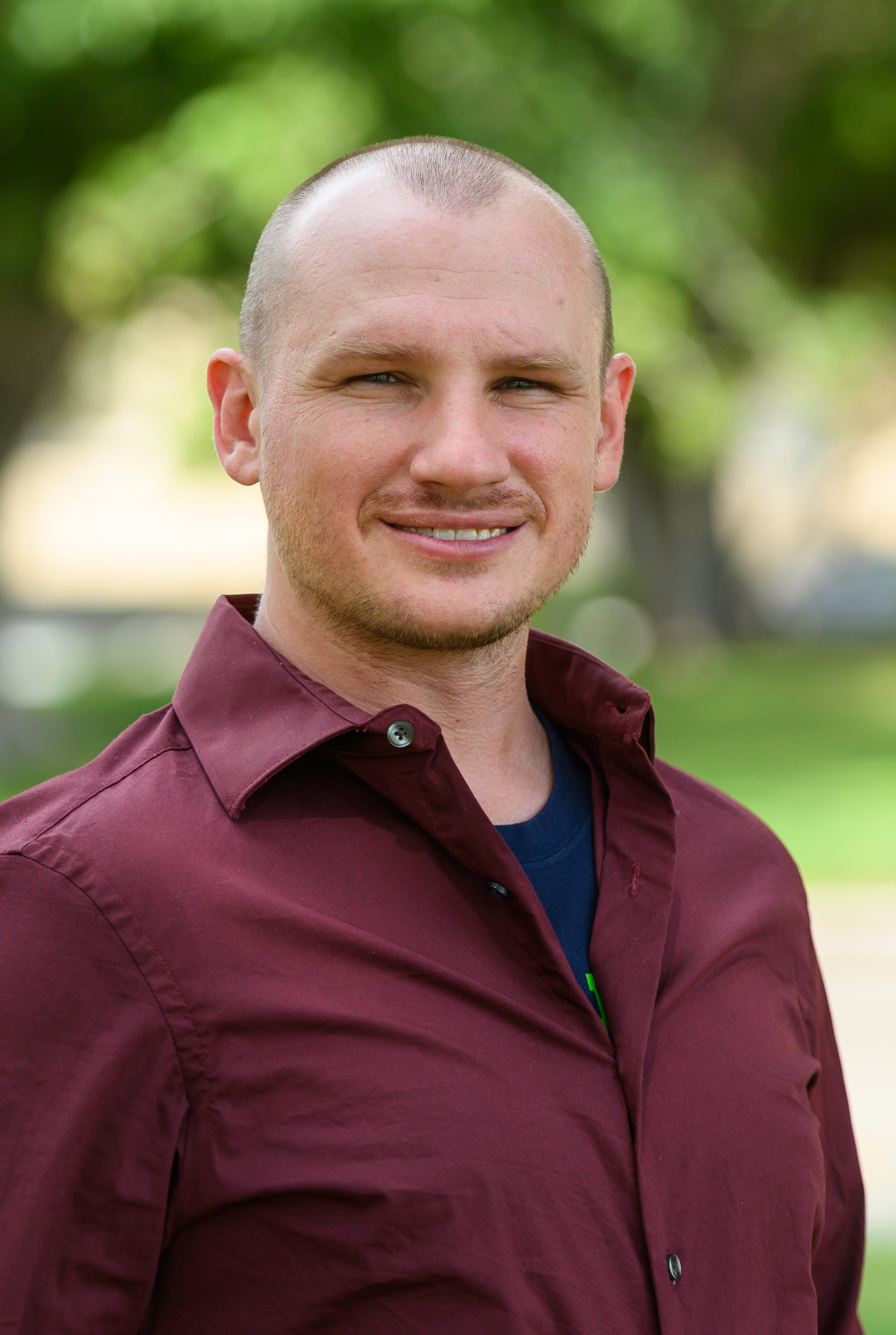 |
Cory WindorffAssistant Professor Inorganic Chemistry |
575-646-3703 Office: W292 |
The Windorff group is a synthetic inorganic group that focuses on the redox chemistry of the lanthanides, actinides, and transition metals. We focus on the fundamental synthesis, spectroscopy, and reactivity of these elements as it relates to problems in energy generation, separations, and the environment. The Windorff group primarily uses air and water free techniques (Schlenk line/Glovebox) and spectroscopic methods including paramagnetic multi-nuclear NMR, UV-vis-NIR, IR, electrochemistry, single crystal X-ray diffraction, and more. |
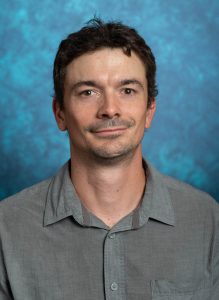 |
Erik T. YuklProfessor Biochemistry |
575-646-3176 Office: W376 |
Our lab studies bacterial proteins that mediate zinc import and nitric oxide / oxidative stress sensing. These processes are essential for virulence among pathogenic bacteria. We use various biophysical and spectroscopic techniques including structure determination by X-ray crystallography. |
Teaching & Research Faculty
Nicholas BeltranCollege Assistant Professor
|
575-646-2505 Office: 202 |
|
 |
Ramesh ChinnasamyCollege Associate Professor |
575-646-1812 Office: W293 |
 |
Deanna C. DunlavyCollege Professor |
575-646-4823 Office: 216 |
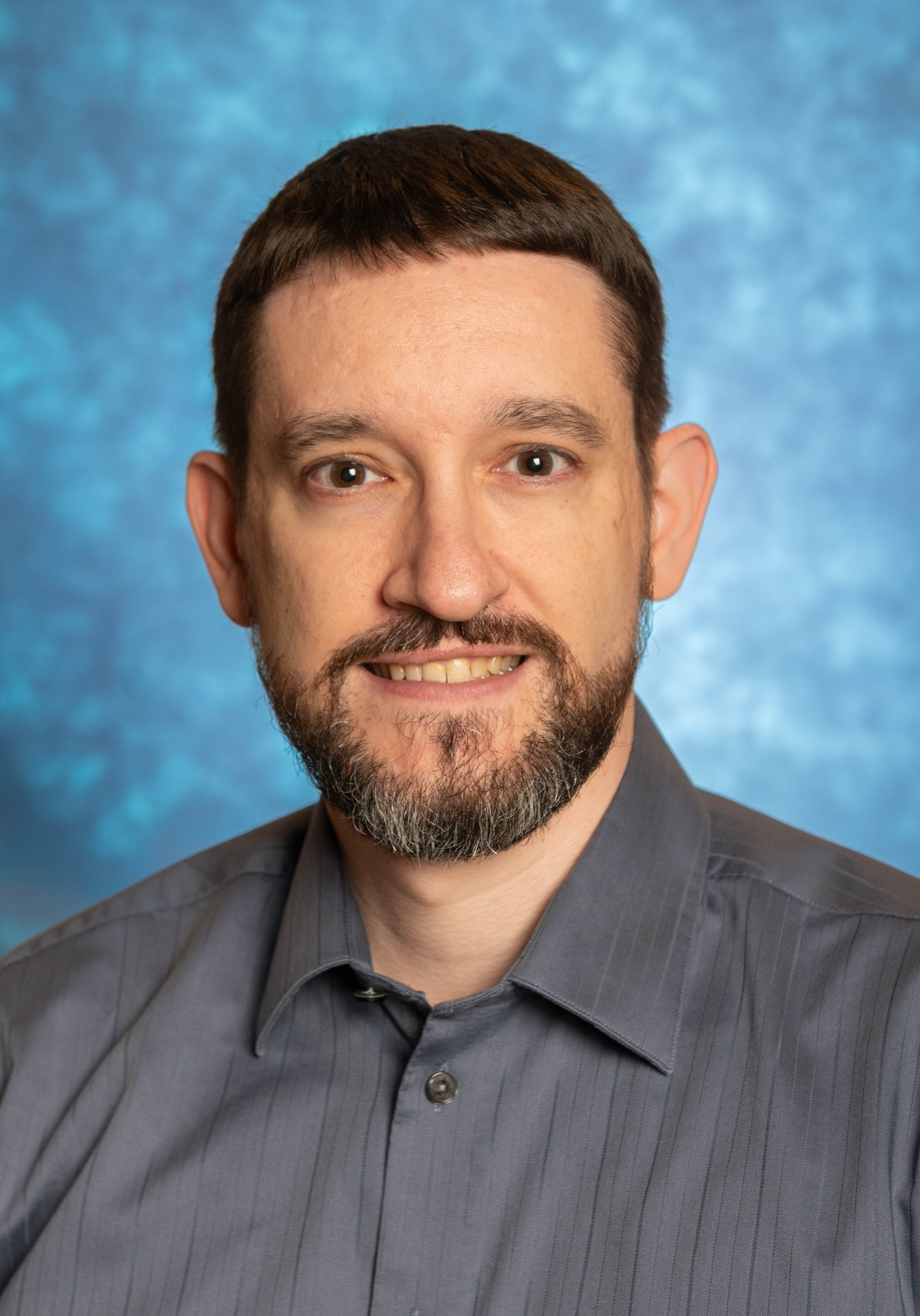 |
Ryan MarcheschiCollege Assistant Professor
|
575-646-1584 Office: W379 |
Gyoungil LeeResearch Assistant Professor
|
Emeritus Faculty
| Name | Title | |
| M. Dale Alexander | Emeritus | dalexand@nmsu.edu |
| Lynford Ames | Emeritus | |
| Jeffrey B. Arterburn | Emeritus, Regents Professor | jarterbu@nmsu.edu |
| Gary A. Eiceman | Emeritus | geiceman@nmsu.edu |
| Amudhu Gopalan | Emeritus | agopalan@nmsu.edu |
| James Herndon | Emeritus | jherndon@nmsu.edu |
| Robert Hoffman | Emeritus | rhoffman@nmsu.edu |
| Michael Johnson | Emeritus Regents Professor | johnson@nmsu.edu |
| Glenn D. Kuehn | Emeritus, Regents Professor | gkuehn@nmsu.edu |
| Antonio Lara | Emeritus | alara@nmsu.edu |
| William Quintana | Emeritus | wquintan@nmsu.edu |
| Gary D. Rayson | Emeritus | gdrayson@nmsu.edu |
| John Simons |
Emeritus | |
| Sergei Smirnov |
Emeritus | snsm@nmsu.edu |
